ABC-Mart - Incheon Bupyeong Branch [Tax Refund Shop] (ABC마트 GS인천부평)
14.3Km 2024-04-23
B1F and 1F, 17, Bupyeongmunhwa-ro 66beon-gil, Bupyeong-gu, Incheon
-
Dami [Tax Refund Shop] (다미 (dami))
14.3Km 2024-04-16
(Store #2, 1F Anbo Bldg.), 26, Garosu-gil, Gangnam-gu, Seoul
-
Jungmyeongjeon Hall (중명전)
14.3Km 2025-01-09
41-11, Jeongdong-gil, Jung-gu, Seoul
+82-2-752-7525
Located near Deoksugung Palace, Jungmyeongjeon Hall is a red-brick modern Western-style building. It was built in 1899 as the imperial library of the Korean Empire. After Deoksugung Palace caught on fire in 1904, the place became the temporary residence of Emperor Gojong. It also witnessed the tragic part of history in which the infamous Eulsa Treaty (Japan-Korea Protectorate Treaty), an illegal treaty forced by Japan, was signed in 1905. Its exhibition hall serves as a place for historical education.
Maman Gatequ (마망갸또)
14.3Km 2021-03-29
30-12, Apgujeong-ro 10-gil, Gangnam-gu, Seoul
+82-70-4353-5860
It is a dessert café. The best menu at this restaurant is shaved milk ice. This cafe restaurant is located in Gangnam-gu, Seoul.
Starbucks Byuldabang (스타벅스 별다방)
14.3Km 2024-12-27
100 Toegye-ro, Jung-gu, Seoul
Byuldabang is a cozy space in the city, where the present and future of Starbucks coexist
Byuldabang is a special name. It combines the Korean words byul, which means stars, and dabang, which means a traditional space where people gather and talk over tea or drink. Byuldabang is the nickname Koreans generally use for Starbucks. Starbucks Byuldabang store opened in appreciation of customers of Starbucks Korea, celebrating its 22nd anniversary. This particular store is a Starbucks Reserve store with new concept food items, and is the first among Starbucks stores worldwide to have digital art wall decorations. The images projected to the art wall are “The Journey of Siren.” It is a surreal journey of Siren, who delivers coffee messages around the ocean, day and night. Customers love the story.
Docfinderkorea (닥파인더코리아)
14.3Km 2025-07-07
(#301, 3rd Floor), 72 Gangnam-daero 94-gil, Gangnam-gu, Seoul
Docfinderkorea is the largest and longest-running patient agency in Korea, chosen by more than 6,500 surgical patients from more than 101 countries.
Through our years of experience and specialized knowledge, we provide detailed information on hospitals and doctors in the aesthetic medical industry such as plastic surgery, dermatology, dentistry, and hair transplantation, as well as booking, interpretation service, price negotiation, and drug prescription. These make us the best medical tourism service provider, not just an agency that connects patients with medical institutions.
We have also received the highest satisfaction ratings from our patients since opening in 2012 thanks to our diverse concierge services, which include providing information on transportation, sightseeing, food, culture, and beauty (hair/nail/cosmetic products, etc.) to keep patients coming back to Korea for more.
With excellent staff members proficient in English, Korean, and third languages (seven languages available), Docfinderkorea strives to make more diverse patients feel comfortable in Korea.
Le Labo - Garosu Branch [Tax Refund Shop] (르라보 가로수)
14.3Km 2024-04-18
1F, 28, Apgujeong-ro 10-gil, Gangnam-gu, Seoul
-
Soraepogu Festival (소래포구 축제)
14.3Km 2025-06-09
86-17 Jangdong-ro, Namdong-gu, Incheon
+82-32-453-2142
Soraepogu Festival, a maritime ecology festival, has been held annually since 2001. Sorae Port has become a popular attraction, visited by over 7 million domestic and international tourists each year. During the festival, visitors can enjoy Sorae Marsh Eco Park, Shrimp Tower, and Haeoreumhosu Lake. Festival programs include seafood-catching events like shrimp and crab catching, various cultural performances, and engaging events.
Davich Optical - Myeongdong Branch (다비치안경 - 명동점)
14.3Km 2020-05-08
62, Sogong-ro, Jung-gu, Seoul
+82-2-752-1074
Davich Optical (Myeong-dong Branch) is the flagship store operated directly by its management company. It employs expert eye examiners and offers its own brands, developed in cooperation with international brands. Customers can purchase quality products with fixed, but reasonable prices. Moreover, they can get repair services at Davich Optical branch stores across the country. Davich Optical also offers assistanve in languages other than Korean.
Donuimun Museum Village (돈의문박물관마을)
14.3Km 2024-07-22
14-3 Songwol-gil, Jongno-gu, Seoul
Donuimun Museum Village is a historical and cultural space situated in the city center reborn through Seoul-style urban generation while still maintaining its historical value as the first village within the western gate of Hanyangdoseong as well as the lives and memories from the city's modern and contemporary era.
Together with the neighboring area surrounding Gyonam-dong, Jongno-gu, Donuimun Museum Village was selected for inclusion in the "Donuimun New Town" in 2003 for which all of the existing buildings were to be torn down to construct a neighborhood park. But the city of Seoul had another plan in mind; it wanted to maintain this small village, where the old lives and memories are still well-preserved, as a village museum to not only spread the historical significance of Saemunan Village, the first neighborhood within the western gate of Hanyangdoseong (the Seoul City Wall) but also establish the village as a historical and cultural asset for all Seoul citizens. The village was remodeled while keeping the buildings as untouched as possible and, in a few sites where houses had been torn down, broad yards were created. As a result, the warm and affectionate appearance of the village including modern structures, urban-style hanok, and streets with 100 years of history still remain today in their original places to be reborn as a place of new culture enjoyed and experienced by citizens.
Today, Donuimun Museum Village welcomes visitors with a new concept, "100 Years of Seoul, Time Travel Playground in the City." The village has undergone a significant overhaul to fill itself with "participation-style" spaces and contents where exhibits, experience sessions, performances, and marketplaces are held year-round while keeping 40 or so existing buildings intact in order to solidify its identity as a "living museum village," which is the original intention behind the village's creation.
![ABC-Mart - Incheon Bupyeong Branch [Tax Refund Shop] (ABC마트 GS인천부평)](http://tong.visitkorea.or.kr/cms/resource/30/2882430_image2_1.jpg)
![Dami [Tax Refund Shop] (다미 (dami))](http://tong.visitkorea.or.kr/cms/resource/45/2879745_image2_1.jpg)
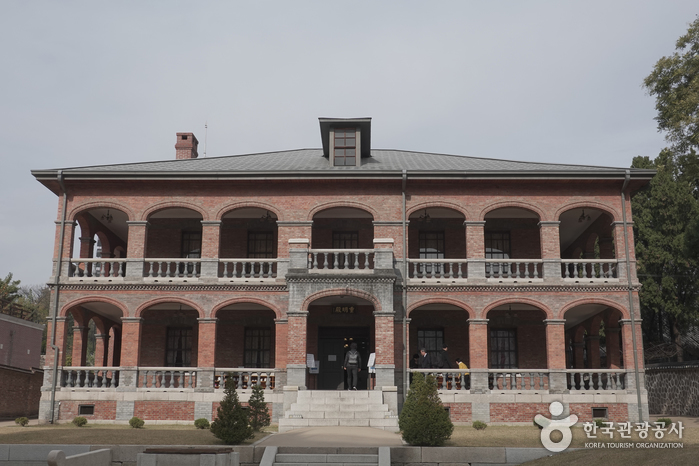
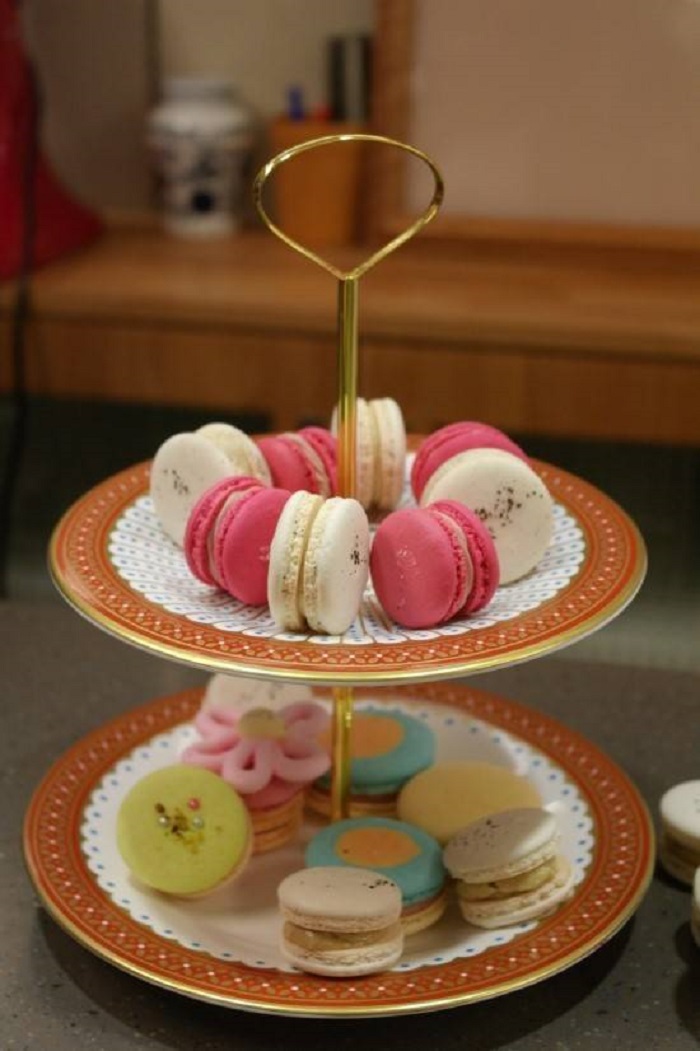
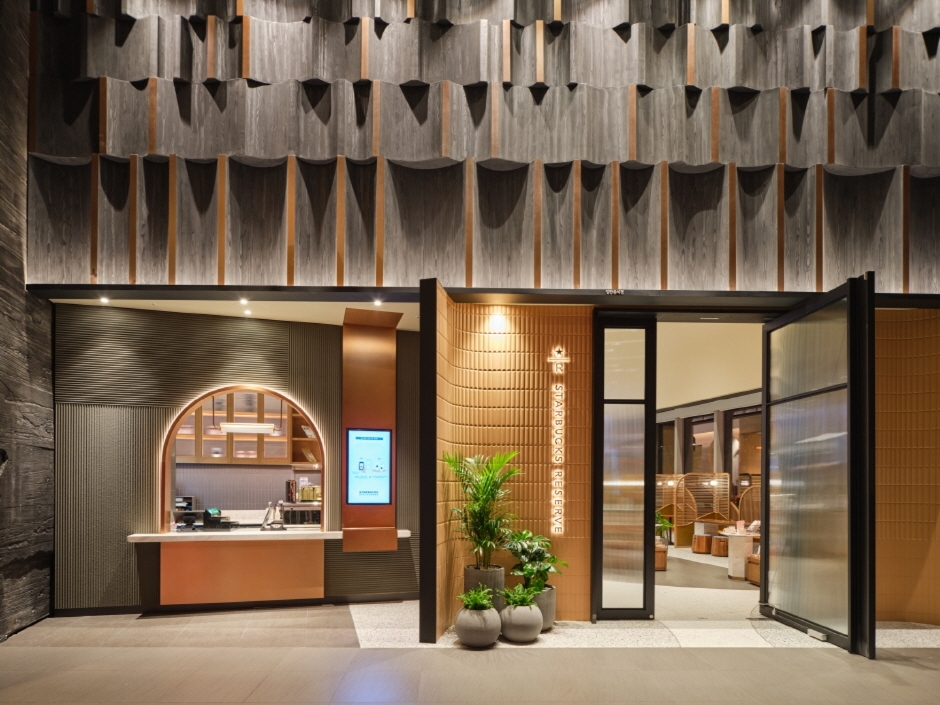

![Le Labo - Garosu Branch [Tax Refund Shop] (르라보 가로수)](http://tong.visitkorea.or.kr/cms/resource/40/2879640_image2_1.jpg)
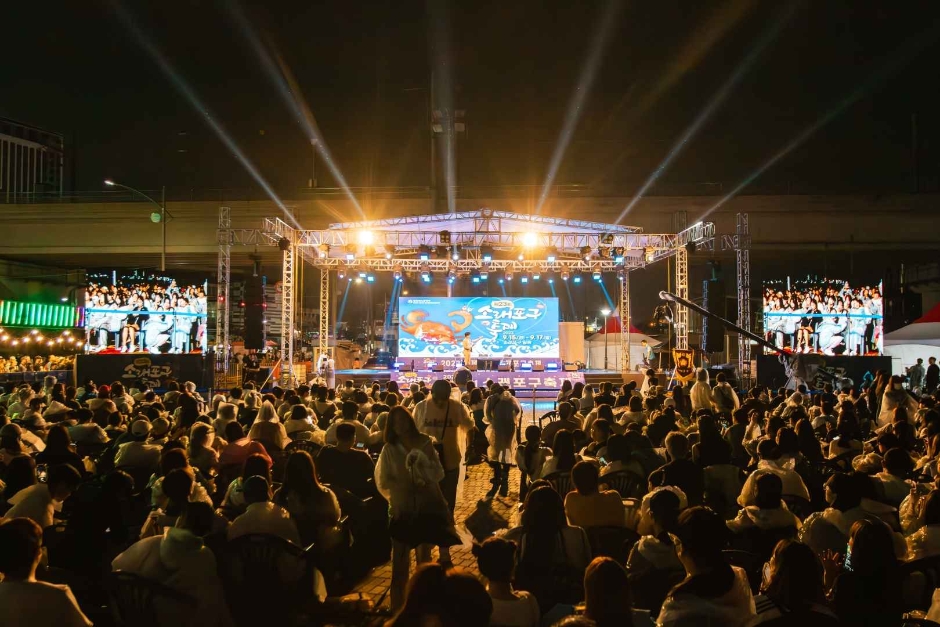
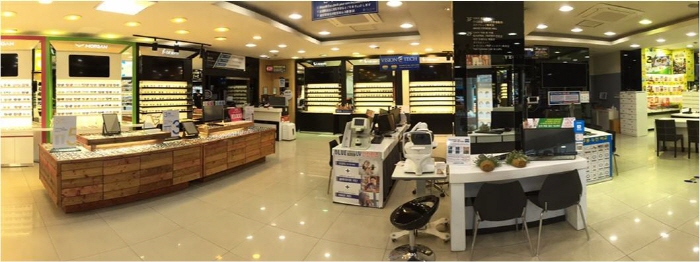
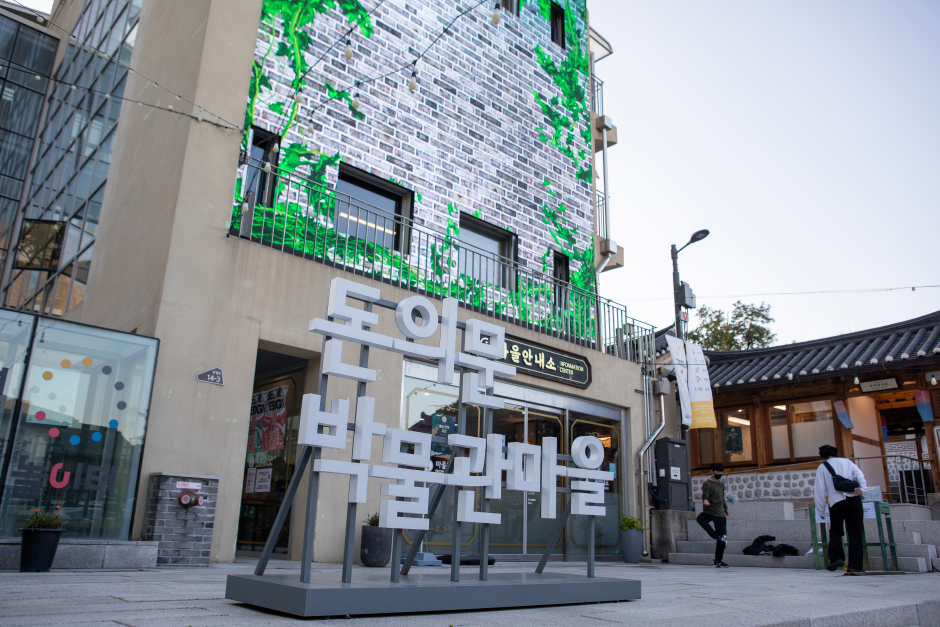
 English
English
 한국어
한국어 日本語
日本語 中文(简体)
中文(简体) Deutsch
Deutsch Français
Français Español
Español Русский
Русский